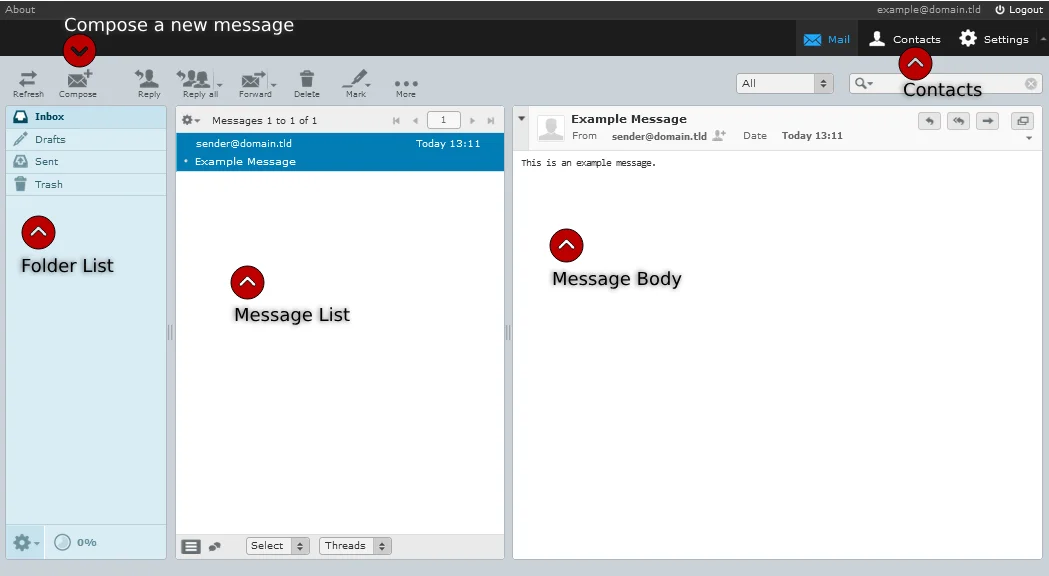The Big Difference Between Satellite & Fiber Optic

Is Fiber-Optic or Satellite Better?
You may have recently heard about some new companies trying to bring Satellite internet to your area. There are many reasons why Satellite internet is seen as a “last resort” for internet service. Keep reading to find out why, when given the chance, you should always choose Fiber Optic over Satellite.
- Location
First, you should know that Satellite is a last resort, not another option. Satellite is intended for people who do not yet have access to Fiber. For example, people who live in places with rough terrains that make it difficult for wires to be placed in the ground. Instead of wires, satellite uses a dish that has be set up outside with a perfectly clear view to the sky, so you can say bye-bye to all of your shade trees. Because your satellite dish has to be in a clear, open area, it is open to all the elements, which causes even more problems. Extreme temperatures, rain storms and snow storms will all impact your satellite service. For example, if you have Starlink Satellite (an up-and-coming satellite company), your satellite dish has a limited temperature range. This has already caused some concerns and problems for Starlink customers in Arizona. Read this article from arstechnica.com for the full story about a Starlink customers dish overheating.
- Bandwidth
Because of all of the variables that affect satellite internet, companies can only offer a certain range of speeds. Fiber on the other hand goes directly to your home, giving you a consistent, symmetrical speed all the time. Additionally, other homes around you do not impact your speed or quality of service. The more people using satellite internet at one time, the slower the speed.
- Latency
You can expect high latency with satellite internet, particularly with high-orbiting satellites. The large distance between the satellite and your home makes it almost impossible to enjoy things like streaming. Low-orbiting satellites from companies like Starlink and Amazon’s Project Kuiper attempt to solve this problem by orbiting at a much lower distance, thereby increasing the speed of data transfer. Depending on the weather and location, you may be able to stream from one device. However, streaming from more than one is difficult and gaming is still likely impossible. Fiber-optic cables are in the ground, on nearby utility poles, or right outside your home. Data transfer takes significantly less time, decreasing latency and giving you the option to find the speed that best fits your needs.
Although satellite internet seems to be a quick, simple solution for those who have no other option, it truly cannot compare to the speed, consistency and reliability of Fiber-Optics. For more information about SkyBest Fiber, click here!




